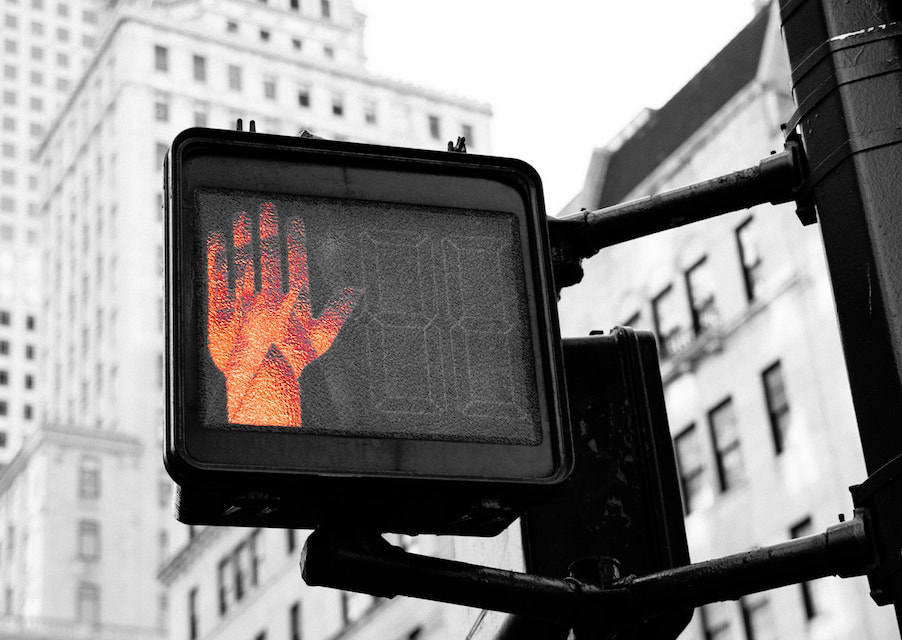Normally, we devote our blog to information about our marking, coding, and packaging materials. But as we all know, the times we are living in are anything but “normal.” As the world waits anxiously for the Covid-19 vaccine rollout, we thought we’d take a moment to address the question that’s weighing on everyone’s minds: Why is this taking so long?
Now, just to be clear, we are not handling any part of the vaccine rollout. However, as a supplier for some of the biggest distribution chains in the country, we feel that it’s appropriate to discuss the Covid vaccine. With no further ado, here are some of the top factors that are coming between you and your Covid vaccine.
Ingredient & equipment shortages
One of the main bottlenecks slowing the vaccine distribution happens at the very start: a simple lack of ingredients. At the time of this writing, the FDA has approved three vaccines for emergency use. Two of the three (the Pfizer and Moderna vaccines) require tough-to-source ingredients like mRNA-building plasmids, nucleotides, and enzymes. While it was easy for researchers to procure these components for trial studies, the amount required to create millions of vaccines just isn’t in ready supply.
Another rather simple issue affecting production is a lack of equipment. According to Glenn Richey of Auburn University, many manufacturing facilities aren’t adequately stocked. The amount of vials, syringes, and machinery necessary to create and move millions of vaccine doses simply isn’t at hand. Vaccine manufacturers have no choice but to “build the airplane as it flies,” so to speak.
Challenges in making, storing, & shipping the vaccine
Even if a plant has everything it needs to make a vaccine, doing so isn’t as easy as mixing up a pot of soup on the stove. All three currently-authorized vaccines have long, complex, and risk-abundant manufacturing processes with lots of potential for missteps (and therefore, wastage). The Pfizer vaccine, for instance, must be created in three separate phases at three different facilities. This process typically takes several weeks to complete.
Once a batch of vaccines is made, distribution is complicated by their stringent refrigeration requirements. The Pfizer-BioNTech vaccine must be stored at -70 degrees Celsius—colder than winter in Antarctica. The Moderna and J&J vaccines must be stored at -20 degrees Celsius, the temperature of a normal freezer. Assembling the materials necessary for shipping this kind of product (like dry ice and specialized stay-cold containers) is a task in and of itself.
Administrative lags
If all this is starting to feel kind of depressing, keep in mind that things might not be as bad as they appear. Some experts have noted that there can be a big delay in the time it takes for a vaccine to leave a distribution center and the time it takes for its use to be recorded. This can create the false impression that huge amounts of vaccines are being wasted. One researcher told Scientific American, “…There can easily be a week between when the government says it has been distributed, and when you can really expect to see that number [of administered doses] change correspondingly.” She added that internal issues like this are impeding distribution much more than factors like transportation.
Bottom line: The vaccines are coming
Again, learning about the complexities involved with distributing the Covid-19 vaccine may leave you feeling a bit overwhelmed. However, it’s important to stay hopeful. Remember that everyone involved in this massive supply chain has a vested interest in executing the rollout as efficiently and safely as possible. The longer the rollout continues, the more experienced everyone in the supply chain will become. In the meantime, all we can do is sit back, be patient, and trust the vaccine is on its way.

